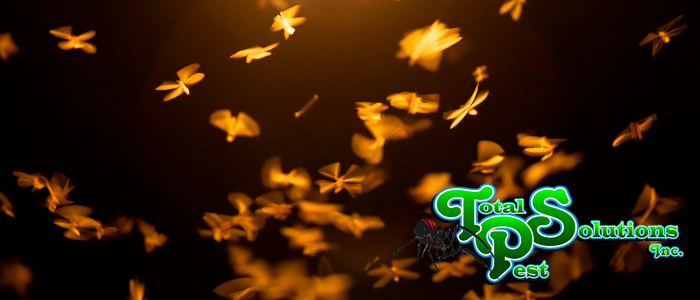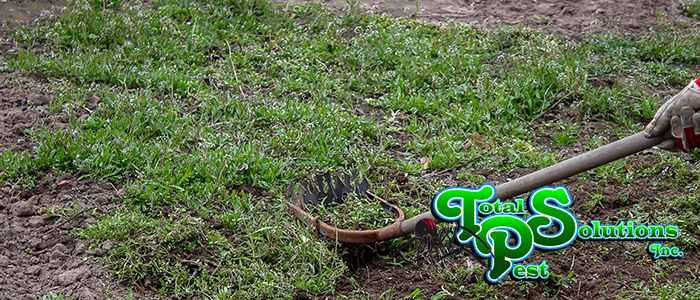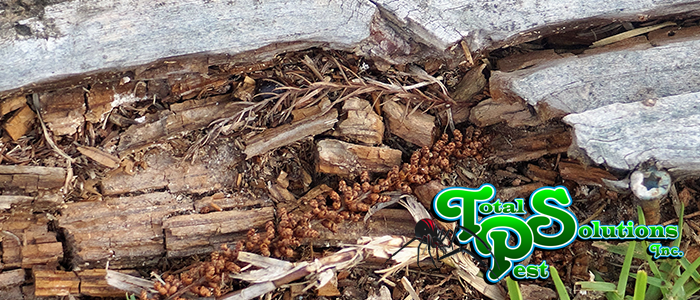
Moth Matters: Tips for Preventing and Controlling Moth Infestations
Moths are a pervasive problem in homes, causing damage to clothing, furniture, and posing health risks for families. It is crucial to address controlling moth infestations immediately, particularly with the common webbing clothes moth (Tineola bisselliella) that lay eggs on natural fibers like wool and silk.
These fuzzy little flying bugs are easily capable of making their way into homes when doors are left open, or when windows are left ajar. Any small opening that a moth could possibly come in through, they most likely will come in through, and they also tend to congregate outside of porches around lights at night.
DIY or Professional?
Hiring professional pest control experts is beneficial as they have access to specialized tools and chemicals, and know how to use them safely around children and pets. Professionals can inspect your home, identify the extent of the infestation, and recommend appropriate treatment. They also make it much easier to have the issue solved, due to their experience with pests over the average homeowner’s lack of experience.
DIY pest control poses risks, such as misidentification of pests or improper use of chemicals, which can harm both humans and pets. Professional pest control services may be more cost-effective in the long run despite the initial glance, as they prevent further damage to belongings and potential health hazards.
Prevention
DIY
Some of our moth prevention tips you can do at home include storing food and clothing in sealed containers, removing standing water, washing clothes and fabrics in hot water, sealing cracks and crevices, and inspecting furniture and appliances for signs of moth damage.
To control moths at home, you can use traps, which attract moths with pheromones, and insecticides. Pyrethrins, synthetic pyrethroids, carbaryl, malathion, and diazinon are some insecticides effective against moths, but they must be used cautiously around children and pets.
Baits contain insecticides that kill only adult moths; they don’t harm larvae or eggs, so there’s less chance for resistance against those chemicals later on down the line. You’ll want to use these carefully though—it’s easy for kids or pets to be interested in eating them.
Natural remedies, such as diatomaceous earth, can also be effective, but may require repeated applications.
Professional
Professional prevention involves hiring a pest control company to inspect your property and recommend ways to seal cracks, clean at-risk fabrics, and store fabrics properly. For control done by professionals, they’ll do a thorough inspection, identify the moth species, and recommend of treatment options which could include baiting, vacuuming, or insecticides.
Pesticides may also be applied directly to hiding spots if necessary. If you have an active infestation at home, baiting is one way your chosen service might control them without using pesticides that could harm pets or children (or yourself).
Controlling Moth Infestations
The costs of prevention and control options vary depending on whether you choose DIY or professional services. Overall, DIY options are generally cheaper but require time and effort, while professional services offer a more comprehensive and efficient solution.
Considering the costs of repairs and health hazards that can result from moth infestations, hiring a professional pest control company is likely your best option for long-term prevention and control. Give Total Pest Solutions a call and ask us about our moth control to learn more about what we can do for you.
continue reading
Related Posts
Holiday Pest-Free Homes in Winter Haven: Avoiding Cargo Pests As
Auburndale’s Mole Cricket Damage: Repairing Turf Before Frost As the
Lakeland’s Fall Termite Swarms: Early Detection Tips As the summer






